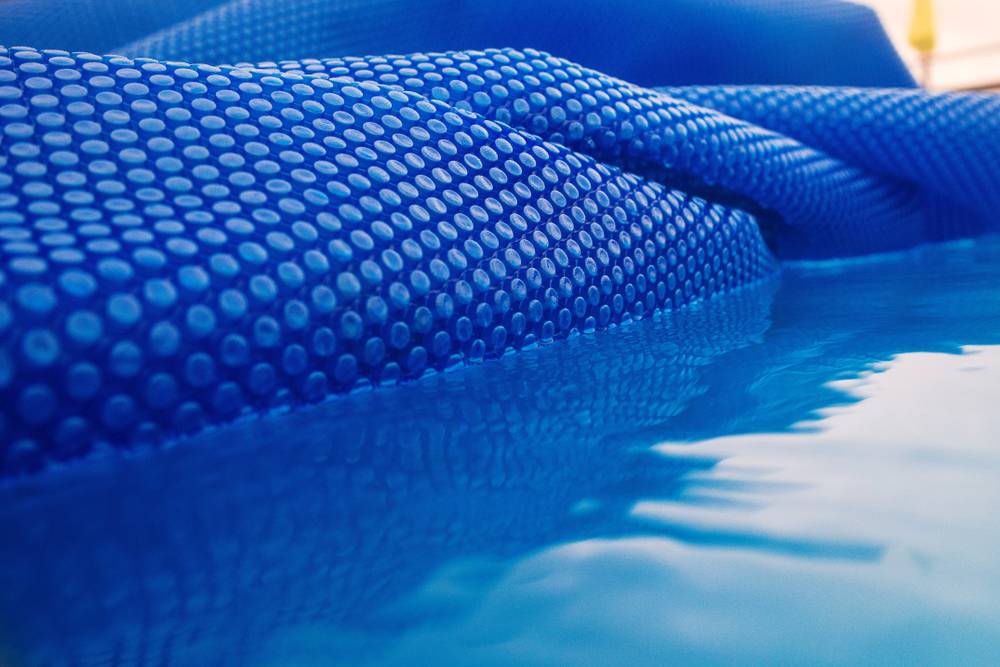Hello Folks,
i've read all of the Pool School articles, especially:

 www.troublefreepool.com
but it does not give you any insights about the best sequence (e.g. increasing TA also increases PH etc).
www.troublefreepool.com
but it does not give you any insights about the best sequence (e.g. increasing TA also increases PH etc).
Setup:
Location: south of Germany
Fiberglass Pool, 30 cubic meters of water, sand filter, automatic dosing of liquid chlorine and acid (for lowering PH).
Starting up with fresh tap water (PH 8.1, Alkalinity 5, Calcium 50, CYA 0, Chlorine 0).
TFP recomended levels are PH 7.7, Alkalinity 70, Calcium 450, CYA 45, Chlorine 6-7.
But how to get there? What is the best sequence?
Thanks in advance,
Torsten
i've read all of the Pool School articles, especially:

Opening your pool- An easy to follow guide
Opening your pool can be stressful. This Pool Start Up guide teaches everything from start-up chemicals, covers, and more for your start up.
Setup:
Location: south of Germany
Fiberglass Pool, 30 cubic meters of water, sand filter, automatic dosing of liquid chlorine and acid (for lowering PH).
Starting up with fresh tap water (PH 8.1, Alkalinity 5, Calcium 50, CYA 0, Chlorine 0).
TFP recomended levels are PH 7.7, Alkalinity 70, Calcium 450, CYA 45, Chlorine 6-7.
But how to get there? What is the best sequence?
Thanks in advance,
Torsten







